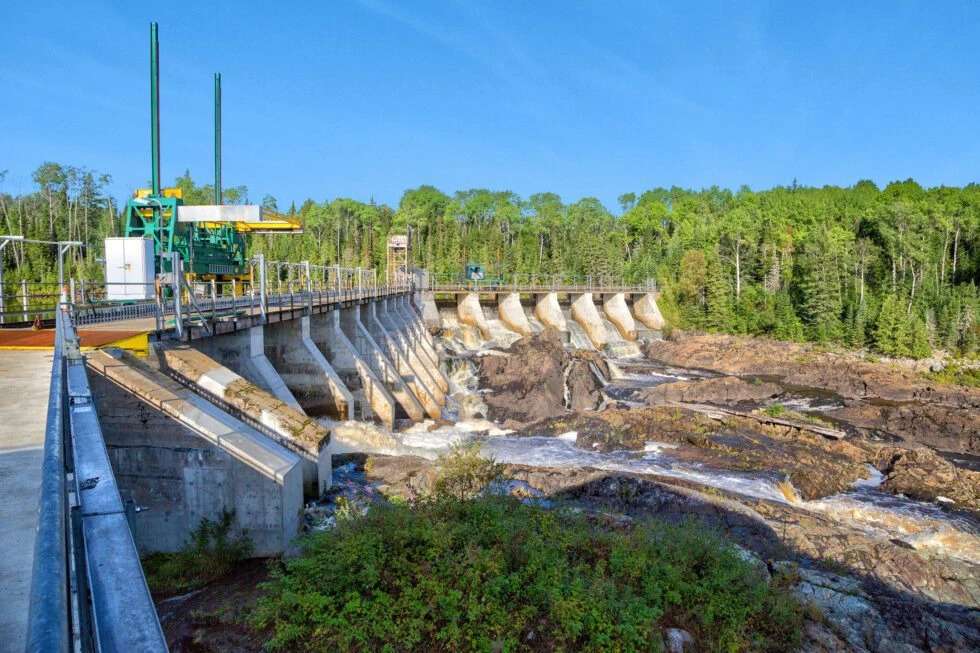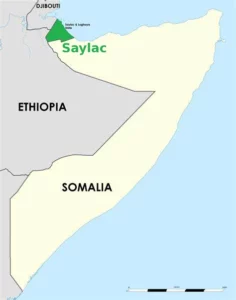Introduction Faanoole Dam Project
The Faanoole Dam project was among the significant initiatives undertaken in Somalia following its independence in 1960. The concept for this dam originated from former President Abdirashid Ali Sharmarke. In 1974, the Somali government reached an agreement with the Soviet Union to construct a large dam in the Faanoole area near Jilib, located in the Middle Juba region.
Faanoole is situated approximately 22 kilometers north of Jilib. After Somalia adopted a socialist system in 1970, its relationship with the Soviet Union strengthened. The Soviets committed to building a substantial dam capable of generating significant electricity, storing ample water, and irrigating extensive agricultural lands.
However, the project faced delays due to challenges in securing financial investment, finding skilled dam construction experts, and political upheavals, including the military takeover in 1969 and the intense war with Ethiopia in 1977. These factors contributed to the project’s prolonged timeline, leading to the popular saying, “Faanoole Fari Kama Qodno”.
The revolutionary government led by President Mohamed Siad Barre, which came to power in 1969, embraced socialism and established strong ties with the Soviet Union. The Faanoole Dam project officially commenced in 1974. However, the 1977 war between Somalia and Ethiopia strained relations with the Soviet Union, culminating in the Soviets’ expulsion from Somalia and their subsequent support for Ethiopia. This shift halted the dam’s construction.
In 1978, Somalia entered into an agreement with China to take over and complete the Faanoole Dam project.
Objectives of the Faanoole Dam
The primary goals of the Faanoole Dam included:
- Electricity generation

2. Irrigation of agricultural lands

Alongside the dam, there was an ambitious plan to cultivate rice on approximately 40,000 hectares. At that time, Somalia aimed to enhance its rice production, which was predominantly concentrated in Jowhar, the capital of the Middle Shabelle region. The Juba regions (Lower and Middle Juba) were identified for this expansion, aligning with the Faanoole Dam project.
China completed the Faanoole Dam in 1982. That same year, the dam became operational, irrigating fields of rice, sesame, and tea leaves. It also supplied electricity to the towns of Mareereey and Jilib, as well as the Juba Sugar Factory located in Mareereey, Middle Juba. The dam’s electricity production capacity reached up to 4.6 megawatts per day.
The Faanoole Dam comprised three canals: two on the eastern side of the Juba River, measuring 52 km and 30 km (the Hoombooy Canal), and a third on the western side, 25 km long, designated for the sugarcane plantations in Mareereey.
The parallel rice cultivation project managed to plant rice on about 5,000 hectares, falling short of the initial 40,000-hectare target. The rice harvested from these fields was primarily allocated to the military.
Key Milestones of the Faanoole Dam Project
- 1963: Conceptualization of the project.
- 1963–1973: Efforts to secure funding and technical expertise; the project faced delays due to political changes in the country.
- 1974: Commencement of dam construction.
- 1977: Project halted following the expulsion of the Soviet Union after the Somalia-Ethiopia war.
- 1978: China assumed responsibility for completing the dam.
- 1982: Completion of the Faanoole Dam.
The Faanoole Dam remained operational from 1982 until 1991. It was among the national assets that suffered during the civil wars, contributing to Somalia’s accumulation of significant debts.




